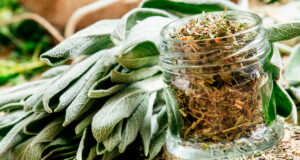
You can find black pepper in every household, restaurant, fast food joint, and diner in the United States, usually with its close friend salt standing right next to it. Pepper is a recognizable and comfortable spice often deployed with everything, from meat and seafood, salad and vegetables, to sauces and gravies.
The pepper we use most as consumers is black pepper, either pre-ground or cracked peppercorns ground right when we need them. Whether it’s a meal put on your table or done when cooking up a delicious dish, pepper is a useful enhancement designed to make meals stronger and more flavorsome.
The common pepper plant, Piper nigrum, was first cultivated in India for more than 2,000 years before becoming the world’s most valuable trade spice during the heyday of the British East India Company. If you are looking to know more about the origins and popularity of pepper, click here for an awesome list of facts.
The interesting thing is that there is a lot more range of pepper types than just black pepper. There are many interesting varieties that you can utilize in the kitchen to make your dinners more delectable.
The article below showcases various pepper types (with the exception of bell peppers and chillies, which come from the capsicum family), and will describe why they are well suited for use with different dishes and ingredients to make your meals come alive with flavor and taste.
Black Pepper
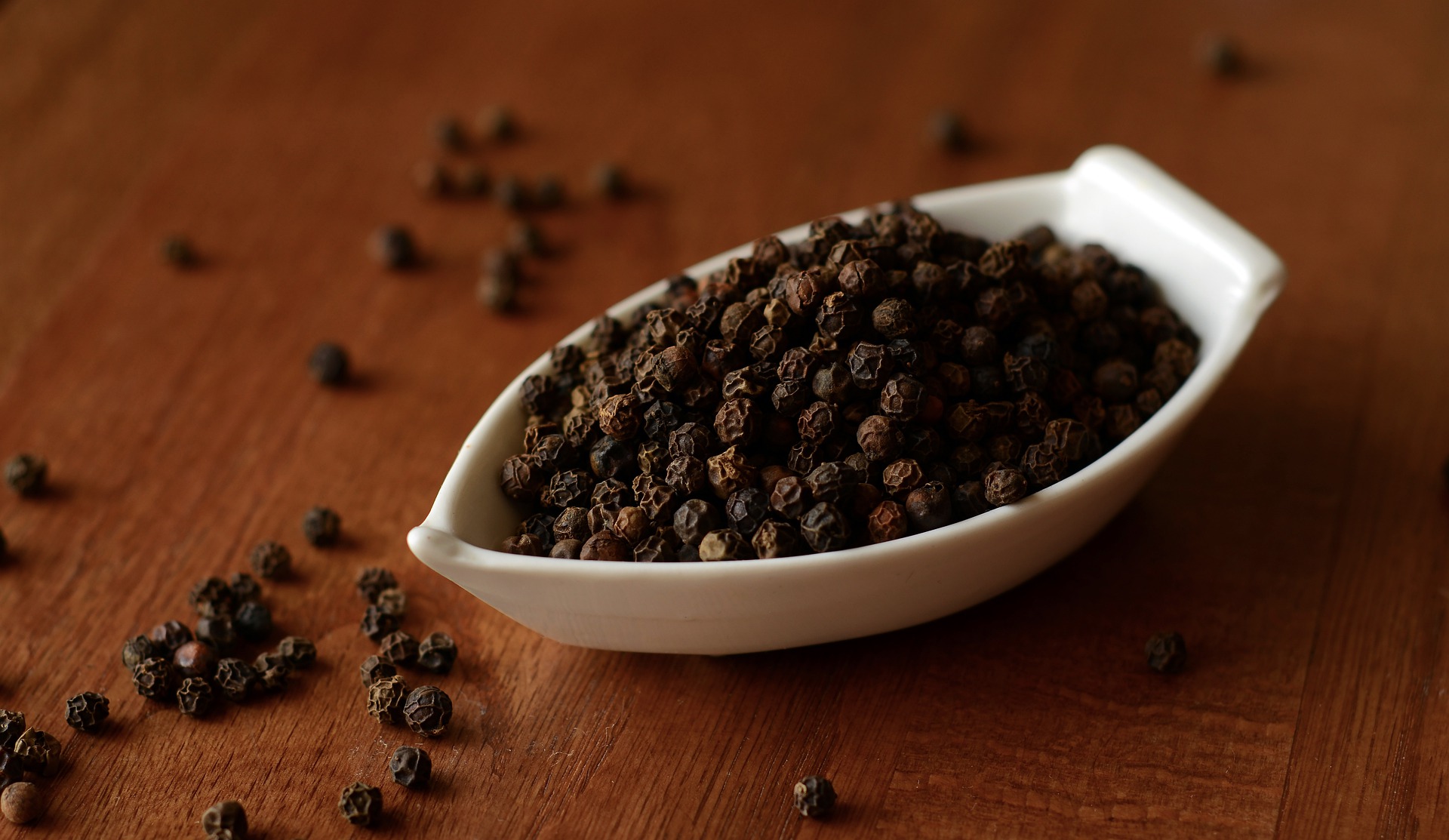
Black pepper remains the standard for spices containing seeds from the piper nigrum plant, and is used in almost every type of cooking worldwide. Generally speaking, unless you specifically purchase a certain type of black pepper from South East Asia, the best pepper will come from India, where its quality and piquancy surpass that of everywhere else.
Black peppercorns are those that have been fully ripened on the vine before being shriveled in the sun and then harvested according to size, with the biggest and most potent becoming premium “tellicherry” peppercorns. The least impressive peppercorns – or those grown in bulk – will eventually become the ground black pepper that graces your table.
Green Pepper
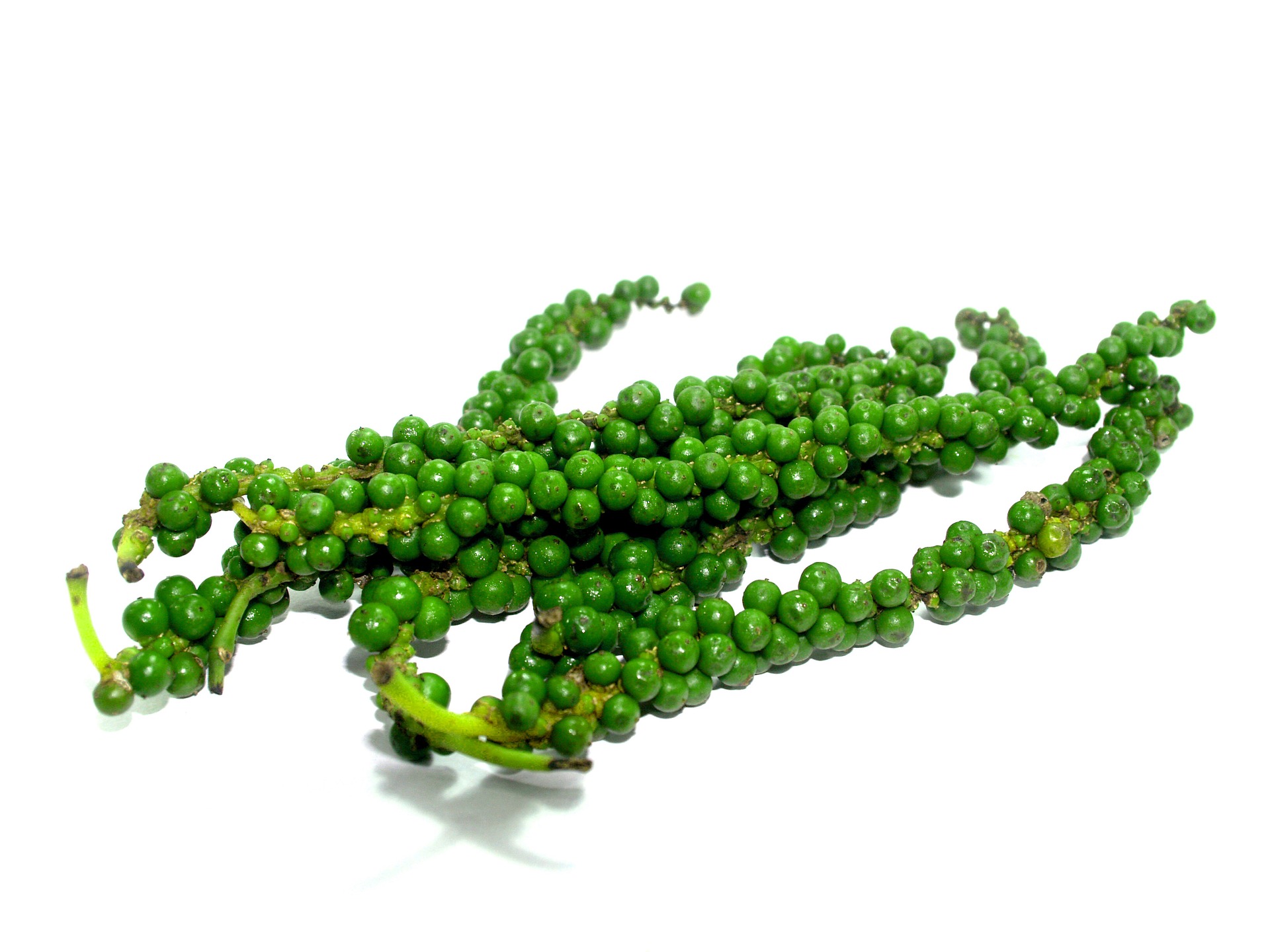
Green peppercorns are those not fully ripened on the vine that have been picked and then preserved via dehydration (or pickled). In much the same way as it is with different fruits and vegetables, green peppercorns taste brash but lack the depth of spice and well rounded flavors found in fully ripened black peppercorns, thus they are considered less spicy.
Green pepper is extremely popular in dishes where the spice needs to be a background component in a dish or sauce, or a fruitier element needs building in the taste profile. Green peppercorns are perfect for complementing smoother cream based sauces and dressings, while also working well accompanying white meats such as chicken, pork, and seafood.
White Pepper
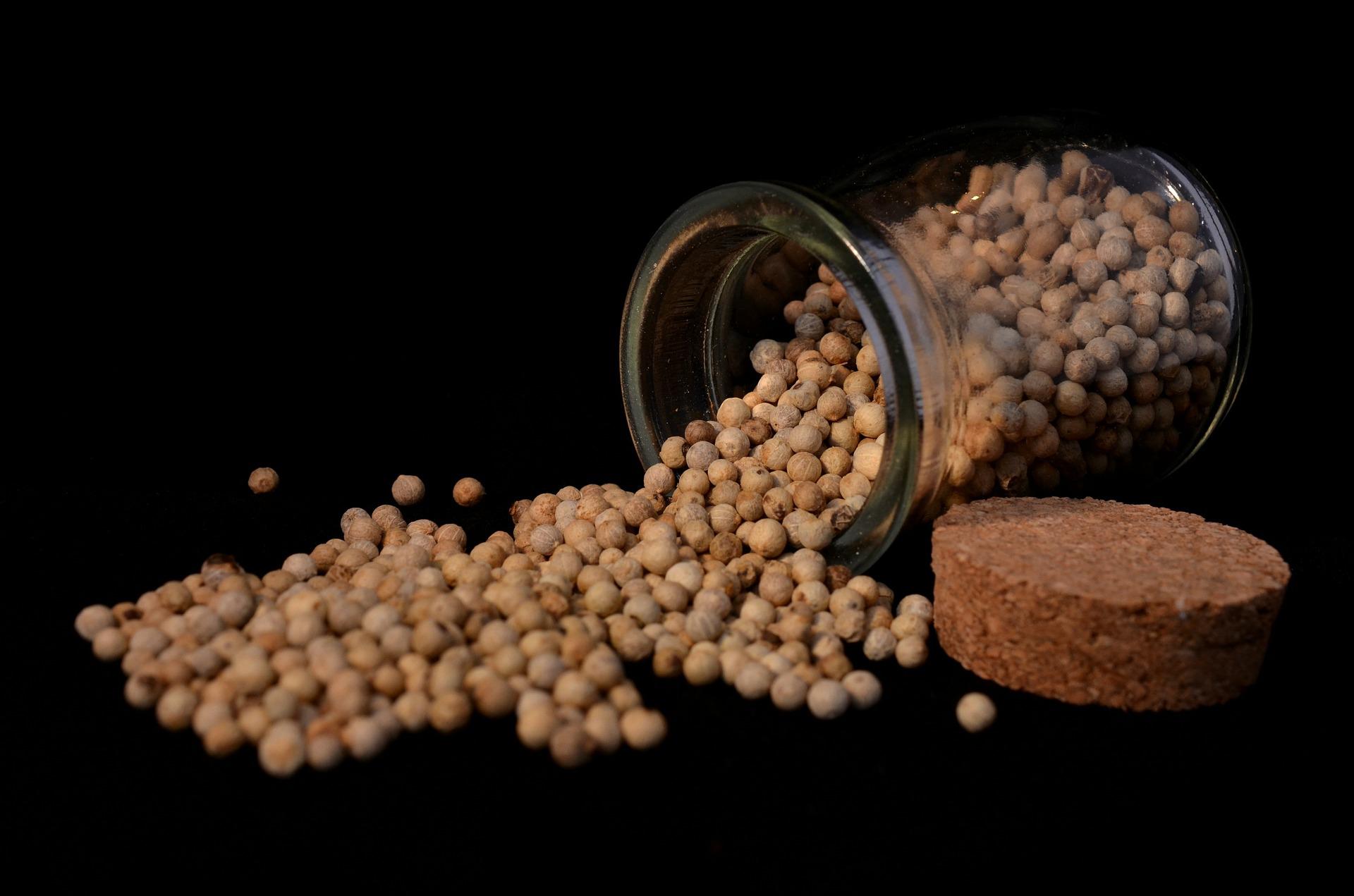
White peppercorns are young but fully ripened black peppercorns that have been water-treated (soaked or put under running water) to get rid of the fruit’s red skin, instead of being dried out during the harvesting process. It’s why they are smaller than black peppercorns and lack the wrinkled texture you see on their black counterparts.
White pepper is considerably less pungent than black pepper, yet lacks the vitality of a green peppercorn. There’s a flash of spice but little depth in white pepper, and the fruitiness is not dissimilar to a fermented product, thanks to the influence of the water treatment its distinctly more floral in flavor. It’s extremely helpful when used in dishes or sauces where you don’t want to visibly see black or green peppercorns show up.
White pepper is utilized in Asian stir fries and soups, and helps in balancing out heavily contrasting flavors. If you enjoy sweet and sour dishes, or those juxtaposing spicy heat and sweetness, then white pepper comes in handy to provide texture. While it’s not widespread in US cooking, white pepper is becoming more popular as different cuisines become more accessible.
Red Pepper

The term red pepper can be confusing, given that capsicum (bell peppers) and chillies are often ground to make red pepper powder. However, if using fruit from piper nigrum, red peppers are the fully ripened, un-hulled berries of the plant that have been picked from the vine.
Red pepper is commercially much scarcer than the other types of pepper – and therefore more expensive. You will likely find them in specialty shops and online only. From a flavor perspective, red pepper is placid when compared to black and green peppercorns, and is more likely to be used in fresh salads and sauces as much for its color as for its taste.
Pink Pepper
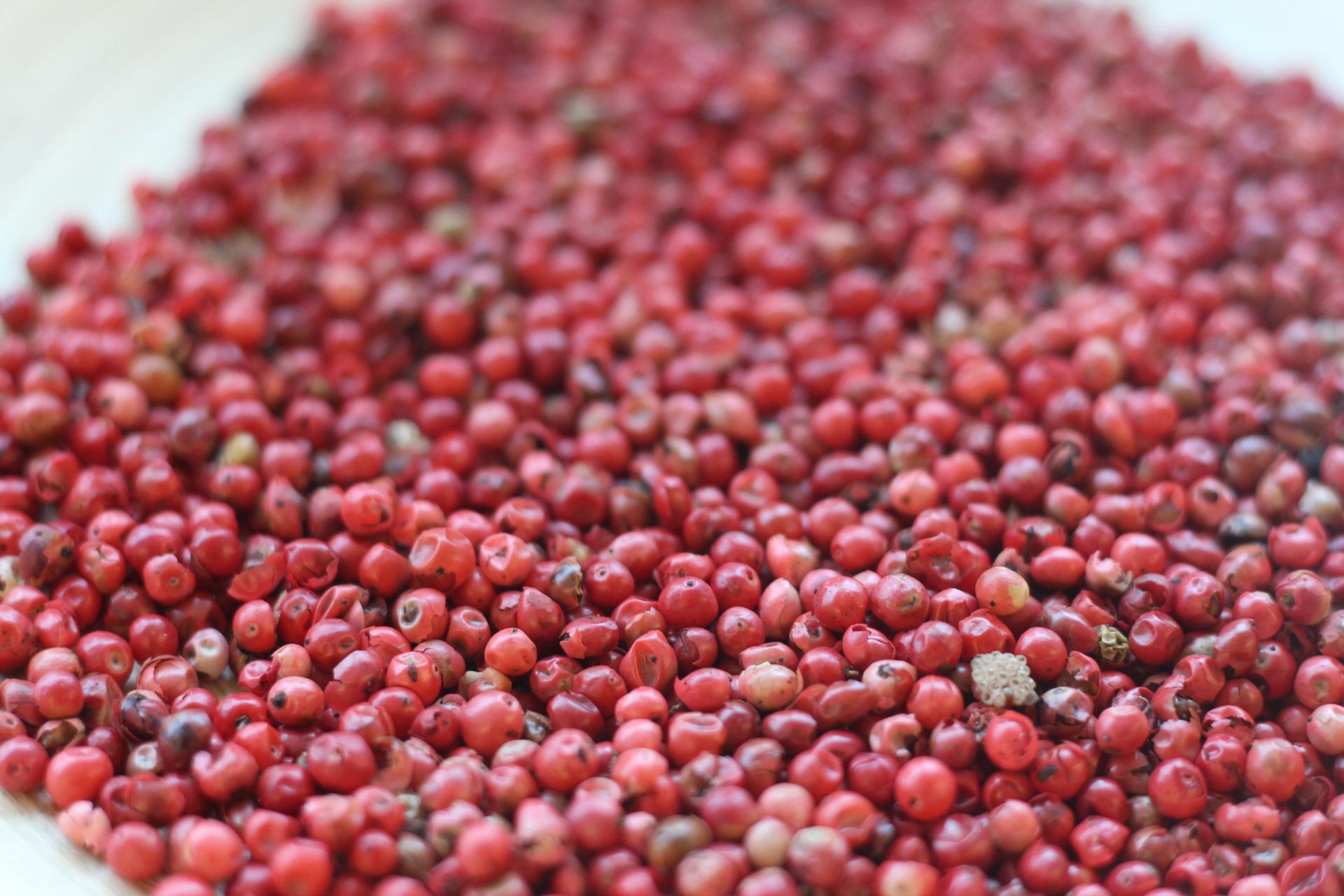
This is a trick! Pink pepper is not a pepper, nor is it a capsicum. Pink pepper is a berry from the cashew family, similar in size and texture to peppercorns. It’s often used in conjunction with traditional black pepper for its color and fruity flavor, but is mostly a garnish for restaurant meals and professional style cocktail drinks.
Please note, that for best use of the pink peppercorn you should gently grind it with a mortar and pestle or cut by hand, as the fruit is much too delicate for being broken down by a pepper mill.
Conclusion
Black pepper is a universal spice, and every person that cooks knows what it tastes like, and what it can do. But that doesn’t mean there aren’t alternatives to the spice which sits on your table, even from within its own family.


